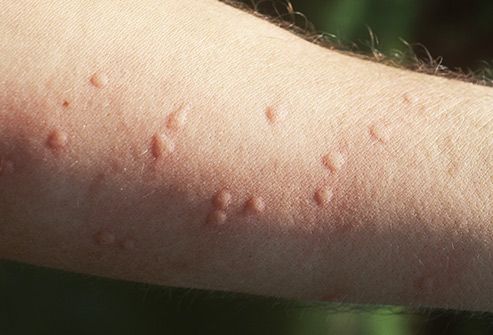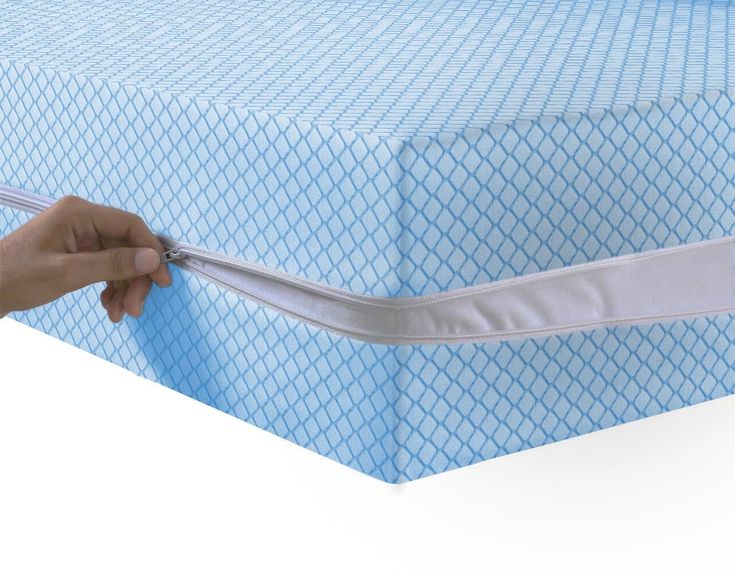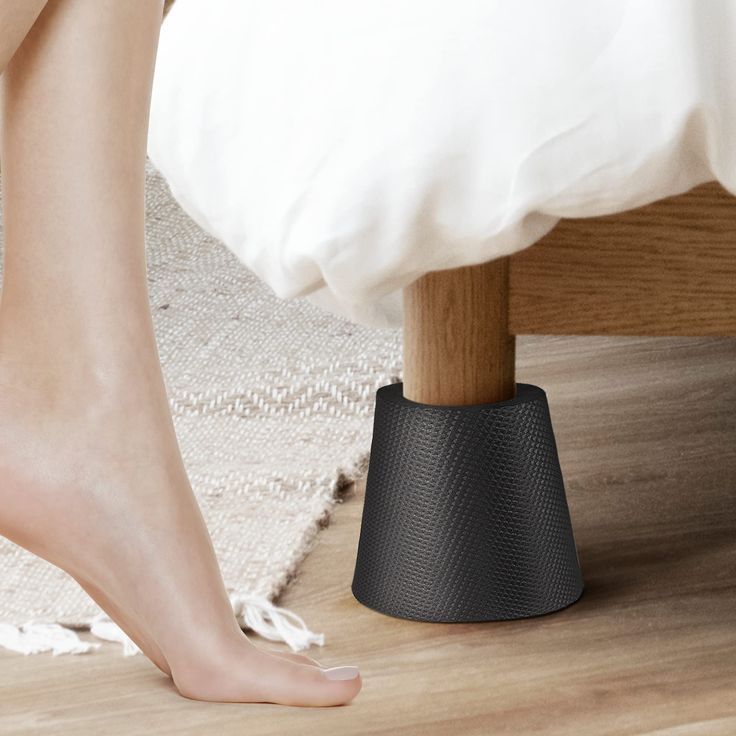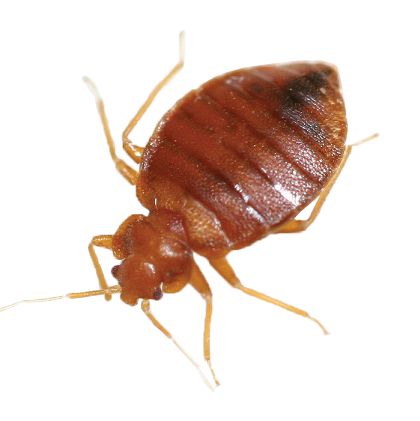They are tiny. They are sneaky. And they only want you for your blood! Nope, we are not talking about vampires. We are talking about bed bug, the six-legged freeloaders that check into your mattress without asking. They feast on your blood and won’t leave until you take charge.
Believe it or not, bed bugs have been haunting humans since the time of the Pharaohs. Entomologists and Archaeologists have found fossilized bed bugs in Egyptian ruins dating as far back as 1350 B.C., including the time of King Tutankhamun. Ancient Greek and Roman texts also mention that bed bugs were used in folk remedies. Aristotle also wrote about them. So, yes, bed bugs are truly one of humanity’s oldest and most annoying roommates.
They don’t fly, they don’t jump, and they don’t carry diseases, but they do cause full-blown psychological breakdowns, late-night cleaning marathons, and the occasional desire to set your whole bedroom on fire just to get rid of them.
So, how do you get rid of them? A viral TikTok video has the answer. In the clip shared on the social platform, a TikToker advised, “Shave everything. Throw away your clothes. Go home naked!”
Although the post was exaggerated for effect, and just maybe a touch of humor, it still hit a nerve. There has been an alarming increase in the reports of bed bug infestations rising in major cities and tourist hotspots, and people are understandably scared.
This led to the question: What if we took the panic and drama of bed bug horror stories and turned them into something useful, like a real, practical survival plan?
So we took this viral “bed bug escape” video and put it under a microscope. While we do not recommend throwing away your clothes and shaving your entire body, we do understand the desperation that comes with fighting bed bugs. We came up with a battle plan, a DIY solution that has your back. Let’s get into it.
What Makes Bed Bugs So Hard to Kill?
Bed bugs are tiny, flat insects that feed on blood mainly while you sleep. They are masters of hiding. They nest in mattresses, headboards, and baseboards. Bed bugs can even sneak into electronics, shoes, and the seams of your clothes. And while they do not carry diseases, they do cause a lot of non-disease-related problems.
These problems include:
- Itchy bites that can lead to scratching and secondary infections
- Allergic reactions ranging from mild welts to severe swelling
- Insomnia and sleep disruption
- Social stigma, which can affect work, relationships, or housing situations
- Anxiety and stress. Many people often report psychological stress or even PTSD-like symptoms after bed bug infestations.
Another thing that makes bed bugs a nightmare is their stealth; they are almost invisible during the day. They are highly resistant to many store-bought treatments, and they reproduce quickly. A single pregnant female can produce thousands of bugs in just a few months. These characteristics show why people are tempted to burn everything and start over.

The Bed Bug Battle Plan
Step 1: Don’t Panic or Strip Naked, Instead Inspect Smartly
Before you go into full panic mode, it is essential to confirm the problem. Bed bug bites can look similar to flea bites, rashes, or allergic reactions. Instead of assuming, inspect your sleeping area like a detective. Check the seams and tags of your mattress, box springs, under your bed, behind pictures, outlets, baseboards, and inside your couch cushions or recliners. Use a flashlight and a credit card to help peek into tiny holes and crevices.
Look for the following signs:
- Rust-colored stains on sheets, bug droppings, or crushed bugs
- Tiny white eggs, about 1mm in size, in the seams of your mattress
- Shed skins or live bugs near the bed frame or behind your headboard
- If your space is heavily infested, you will notice a musty or sweet odor.
Step 2: Contain the Infestation Before it Spreads
One bug can become hundreds. The faster you isolate the problem, the better your chances of solving it without chemicals or professional extermination. Once you have found evidence of bed bugs in your space, follow this tested containment checklist:
- Bag Everything: Place your clothes, curtains, bed sheets, and any other items that can be laundered or heat-treated into sealed garbage bags or vacuum-sealed bags. This will help prevent the bugs from spreading as you clean.
- Use Hot Water and Hot Air: Bed bugs die at temperatures above 118°F (48 °C). Wash everything on high heat and dry it for at least 30 minutes. If the infested material cannot handle the heat, isolate the bag of clothes in a sealed plastic bag for 3 to 6 months. Yes, that long!
- Vacuum with Precision: Use a vacuum with a HEPA filter to suck bugs out of cracks, seams of mattress, and carpet edges. Make sure you empty the vacuum contents into a sealed bag and dispose of them outside your home immediately.
- Encase Your Mattress: Buy a high-quality, zippered bed bug-proof mattress encasement. This will help to trap any bugs inside and prevent new ones from moving in. The trapped bugs will eventually die.

Step 3: Target Treatment With Safe, DIY-Friendly Methods
This is where TikTok hacks can go wrong. Dousing your home in bleach, essential oils, or rubbing alcohol might make you feel like you are sending the bedbugs away, but it often just drives the bedbugs deeper into your home. Here is what works:
Affordable Heat Treatment
Professional heat treatments can be expensive, but you can use smaller items you have at home.
- Use a portable heater chamber or a tightly sealed container, along with a space heater equipped with a thermometer, to maintain items at 120°F or higher for several hours.
- For clothing, luggage, or shoes, the standard clothes dryer will do the trick.
Steam Cleaning
High-heat steam kills bed bugs on contact and penetrates fabrics and cracks, effectively eliminating them.
- Use a steamer that reaches at least 200°F/93°C.
- Go slowly over the seams, edges, and baseboards.
- Repeat this process weekly for 2 to 3 weeks for the best results.
Note: Despite viral claims, essential oils like lavender and tea tree oil do not kill bed bugs. They may repel them briefly, but they will not solve the problem.
Step 4: Long-Term Prevention Tactics
Bed bugs do not just appear out of thin air; they hitchhike. You can pick them up from hotels, public transit, thrift stores, or even office chairs, so prevention is your strongest defense. Here is how to future-proof your home:
- Inspect Your Luggage After Every Trip: Use a flashlight to check the seams and zippers in your suitcase. Store your luggage in the garage or basement, not in the bedroom.
- Avoid Placing Your Bags on Hotel Beds: Use the luggage rack, and inspect mattresses before you settle in. If you spot bed bugs, ask for a new room immediately, ensure it is far away from where you saw the bugs, or consider leaving.
- Be Mindful of Secondhand Items: Always inspect and, if possible, heat-treat used clothes, furniture, or books before bringing them into your home.
- Use: These simple traps catch bugs that try to climb up your bed. If you spot any, take it as an early warning sign.
- Reduce Clutter: The fewer hiding spots there are in your home, the easier it is to spot an intruder. Keep your floor, closets, and under-bed areas clean and clear.

When to Accept Defeat and Call the Pros
If the infestation is already widespread, or your DIY efforts show little progress after a few weeks, do not hesitate to call licensed pest control. The longer you wait, the more expensive and complex treatments become. A good exterminator will thoroughly inspect and provide you with post-treatment plans to prevent re-infestation.
Professional options include:
- Heat treatment of the whole house
- Insecticide treatments with follow-up visits
- Fumigation for extreme cases.
Bonus Tip: Travel Bed Bug Kit
Do you want to travel smartly and still avoid being an unwilling bed bug ride? A little preparation will go a long way, and with this guide, you will be ready to battle the bugs without going viral yourself.
Toss the following into a Ziploc for peace of mind:
- Mini flashlight
- Zip-top bags for your dirty laundry
- A portable bed bug spray that is EPA-approved
- Luggage encasement or liners.
